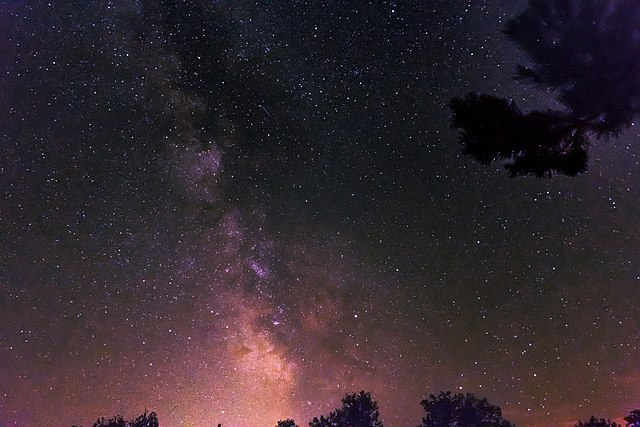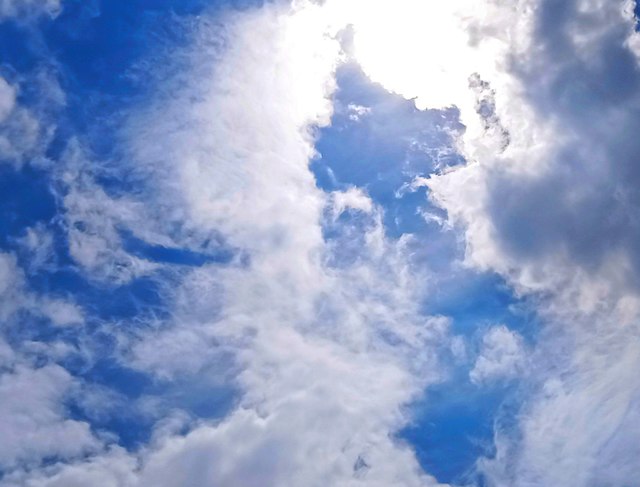Archaeoastronomy is the interdisciplinary or multidisciplinary study of how people in the past "have understood the phenomena in the sky, how they used these phenomena and what role the sky played in their cultures". Clive Ruggles argues it is misleading to consider archaeoastronomy to be the study of ancient astronomy, as modern astronomy is a scientific discipline, while archaeoastronomy considers symbolically rich cultural interpretations of phenomena in the sky by other cultures. It is often twinned with ethnoastronomy, the anthropological study of skywatching in contemporary societies. Archaeoastronomy is also closely associated with historical astronomy, the use of historical records of heavenly events to answer astronomical problems and the history of astronomy, which uses written records to evaluate past astronomical practice.
The rising Sun illuminates the inner chamber of Newgrange, Ireland, only at the winter solstice.
The sunset at the equinox seen from the prehistoric site of Pizzo Vento at Fondachelli Fantina, Sicily
Early archaeoastronomers surveyed Megalithic constructs in the British Isles, at sites like Auglish in County Londonderry, in an attempt to find statistical patterns.
It has been proposed that Maya sites such as Uxmal were built in accordance with astronomical alignments.
The sky is an unobstructed view upward from the surface of the Earth. It includes the atmosphere and outer space. It may also be considered a place between the ground and outer space, thus distinct from outer space.
View of the night sky in July from Earth
The day's blue sky, clouds and the Moon
Sky during day time
The crescent Moon remains visible just moments before sunrise.








